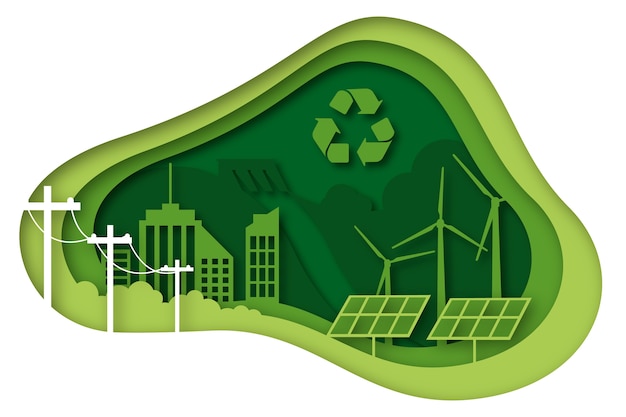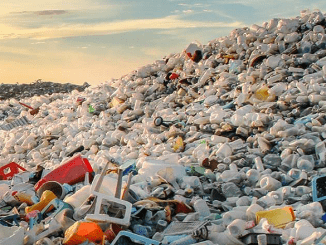The Pervasive Nature of Microplastics
Microplastics are, as the name suggests, tiny pieces of plastic less than 5 millimeters in diameter. They come from a variety of sources: the breakdown of larger plastic debris, synthetic fibers from clothing, and even microbeads in personal care products. These little buggers are virtually everywhere.
How Microplastics Enter the Ecosystem
Ever wondered how these tiny particles spread so far and wide? The answer lies in their remarkable durability and the sheer volume of plastic products we use daily. Microplastics enter our oceans through numerous channels. Rain washes them off streets and into rivers. They are also carried by winds and through wastewater systems.
According to a study by the National Oceanic and Atmospheric Administration (NOAA), "Microplastics are now found in the most remote regions of our oceans, including the Arctic and Antarctic, showcasing their pervasive nature." It's not just the oceans that are affected, though. Soil, the very foundation of our terrestrial ecosystems, is also a victim.
The Impact on Marine Life
The ocean is a complex web of life, with every organism playing a crucial role. Microplastics pose a severe threat to this delicate balance. Marine animals, from the smallest plankton to the largest whales, are ingesting these particles.
How Marine Animals Are Affected
Microplastics enter the food chain in a frighteningly efficient manner. Tiny marine organisms mistake these particles for food. As larger predators consume these smaller creatures, the microplastics move up the food chain, accumulating in the bodies of fish, marine mammals, and even birds.
“Microplastics in the ocean are being consumed by marine organisms, leading to potential health risks and impacts on reproductive systems,” says Dr. Julie A. Mendenhall, a marine biologist at the University of Miami.This accumulation can lead to physical harm, such as blockages and internal injuries. Additionally, microplastics can carry toxic chemicals that leach into the bodies of marine animals, causing further health issues. It’s a grim picture, with potential repercussions for the entire marine ecosystem.
The Ripple Effect on Human Health
It’s not just marine life that suffers. The impacts on human health are becoming increasingly concerning. As we consume seafood, we might also be ingesting microplastics. Studies have found these particles in seafood, salt, and even drinking water.
A report published by the World Health Organization (WHO) highlights that “Microplastics have been detected in various food items, raising questions about their potential health effects on humans.” Although research is ongoing, some studies suggest that these particles could pose risks such as inflammation, oxidative stress, and even cancer.
Soil Health: Another Battleground
Microplastics aren’t just confined to the oceans. They’re infiltrating our soil as well. Agricultural soils, which are crucial for growing our food, are becoming contaminated with these particles.
How Microplastics Affect Soil
When microplastics settle into the soil, they can alter its physical properties. For instance, they affect soil structure, water retention, and nutrient availability. This disruption can lead to reduced plant growth and compromised soil fertility.
“Microplastics can impact soil ecosystems by affecting the interactions between soil organisms and plant roots,” states Dr. Helena Hughes, a soil scientist at the University of California, Davis.The presence of microplastics in soil also raises concerns about their potential to enter the human food chain through crops. As these particles accumulate in the soil, they may be taken up by plants, leading to potential contamination of the foods we consume.
Innovative Solutions for Detection and Removal
The good news is that scientists and engineers are actively working on solutions to tackle the microplastic crisis. From advanced detection methods to innovative removal technologies, there are several promising developments.
Cutting-Edge Detection Methods
Detecting microplastics has traditionally been a challenging task due to their tiny size and widespread presence. However, new technologies are emerging. For instance, spectroscopic techniques like FTIR (Fourier-transform infrared spectroscopy) and Raman spectroscopy are becoming more common. These methods allow for the identification and quantification of microplastics in various environments with high precision.
Innovative Removal Technologies
Removing microplastics from water and soil is equally challenging, but several innovative approaches are showing promise:
-
Magnetic Nanoparticles: Researchers are exploring the use of magnetic nanoparticles that can bind to microplastics. Once bound, these particles can be removed using magnetic fields.
-
Bioremediation: Certain microorganisms and enzymes have the potential to break down microplastics. Scientists are studying how these natural processes can be harnessed for environmental cleanup.
-
Filtration Systems: Advanced filtration systems, including membrane filters and nanofilters, are being developed to capture microplastics from water sources.
What Can We Do?
While technology plays a crucial role, individual actions and policy changes are equally important. Here’s how we can all contribute to mitigating the impact of microplastics:
-
Reduce Plastic Use: Opt for reusable products and reduce single-use plastics. Small changes in our daily lives can make a big difference.
-
Support Legislation: Advocate for and support policies aimed at reducing plastic production and improving waste management.
-
Participate in Cleanups: Get involved in local cleanups to help remove plastic waste from the environment.
-
Educate Others: Raise awareness about the issue of microplastics and encourage others to make environmentally friendly choices.
Escaping the Microplastics Reality
In the midst of grappling with the pervasive issue of microplastics and their impact on our environment, sometimes we need a break from the heavy concerns. That’s where a little entertainment can come into play. Casino slots, such as the thrilling game available at Cashpot Kegs slot, offer a much-needed escape from the stresses of environmental issues. While we work to address the microplastics crisis, indulging in a game of chance can provide a temporary distraction and a moment of relaxation. So, if you’re looking to unwind and take a mental break from the serious topic of microplastics, spinning the reels might just be the perfect way to lift your spirits. Dive into the fun and let the games begin!
Conclusion
Microplastics are a silent menace, infiltrating our oceans, soils, and even our bodies. Their impact on marine life, soil health, and human health is profound and far-reaching. However, with the combined efforts of innovative technology, policy changes, and individual actions, we can start to turn the tide on this pervasive issue. Let’s stay informed, take action, and work together to tackle the microplastics crisis and protect our planet for future generations.




